Pointe du Hoc
A daring D-Day assault by U.S. Army Rangers is commemorated atop the high cliffs of this strategic point.
Jutting out off the coast of Normandy, Pointe du Hoc is a dramatic promontory peninsula that offers commanding views of Omaha Beach to the east and Utah Beach to the west. It’d be a pretty good place to set up some big guns to defend against an invasion from the English Channel. If you happen to be worried about that sort of thing.
During World War II, German occupying forces were acutely concerned with that very thing, and so installed an artillery battery at Pointe du Hoc in 1943 and significantly improved its defenses in 1944. The battery consisted of circular gun pits containing six 155mm artillery pieces, all housed within heavily fortified concrete casemates and perched upon a seemingly impregnable clifftop plateau. These guns were in good position to rain shells down on any military forces that might land on the beaches below. In planning D-Day, it was clear to the Allies that Pointe du Hoc would have to be captured before anything else.
That daunting and improbable task was given to Lt. Col. James Earl Rudder and his 2nd Ranger Battalion. In the weeks leading up to D-Day, the fortifications were heavily bombarded from sea and air to soften the defenses up for the assault. Companies D, E, and F of the 2nd Ranger Battalion were to be the first Allied forces to land in the invasion, with the mission of scaling the cliff and capturing the battery, then signalling for reinforcements.
Rudder’s force hit some setbacks before landing: two troop transport vessels sank; most of their supplies were lost; and they came in three miles east of the target, requiring them to struggle back against a strong tidal current to reach their landing point. As a result of all of this, they landed 40 minutes later than planned. Nevertheless, they managed to scale the 100-foot cliffs with rope ladders and grappling hooks, defeat the confused German defensive force and capture the location while taking only 15 casualties.
However, because they were later than expected in doing so, the secondary force that was meant to reinforce them had instead landed on Omaha Beach to take part in the fighting there. Additionally, upon taking the fortress, the Rangers found that the 155mm guns they sought had been moved from the gun pits to protect them from the ongoing bombardment, with telephone poles put in their place as decoys. Rudder and his men fanned out and discovered the artillery pieces in an orchard to the south, undefended. They destroyed the firing mechanisms with thermite grenades and went on to cut the adjacent coastal highway, thus accomplishing their objectives. They then regrouped to defend their position, which — without the additional Rangers and infantry intended to reinforce them — proved to be a harrowing ordeal.
Over two days, with ammunition and food supplies dwindling, the three companies of the 2nd Battalion fought off five German counter-attacks and took heavy casualties, but succeeded in holding Pointe du Hoc. Finally, on the morning of June 8, they were relieved by the other companies of the 2nd, as well as the 5th Ranger Battalion, the 1st Battalion of the 116th Infantry, and tanks from the 743rd Tank Battalion. The assault force had suffered 70% casualties by the time the siege was lifted. Rudder was later awarded the Distinguished Service Cross for his service at Pointe du Hoc.
Today, Pointe du Hoc is little changed from the way Rudder’s Rangers left it. It is pocked with bomb craters and many of the original German fortification still remain. A museum and a memorial were built by the French Committee of Pointe du Hoc to commemorate the heroic assault. In 1979 the 32-acre site was turned over to American control, and has been maintained by the American Battlefield Monuments Commission ever since. The capture of Pointe du Hoc was depicted in the 1962 film The Longest Day.










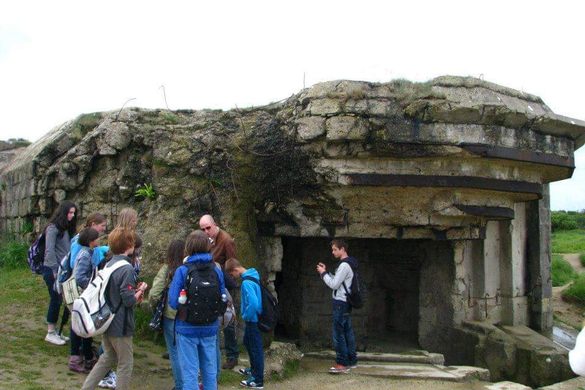
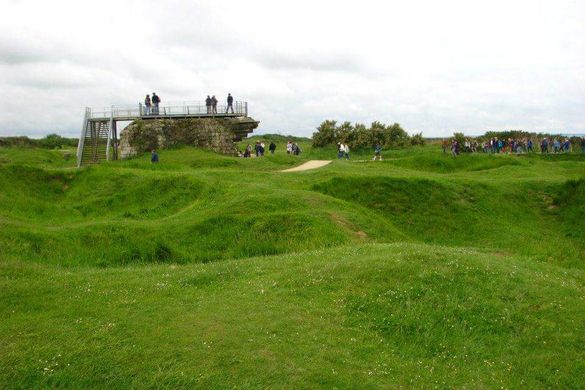









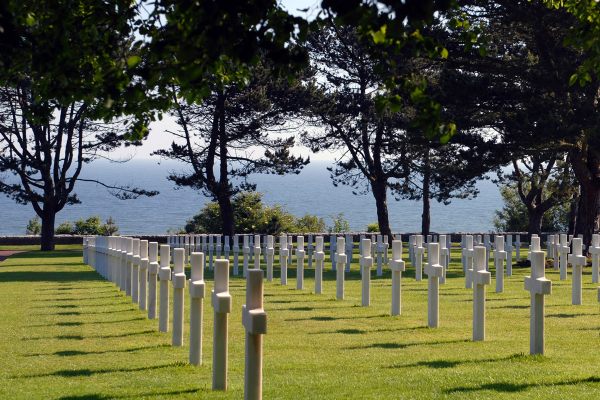
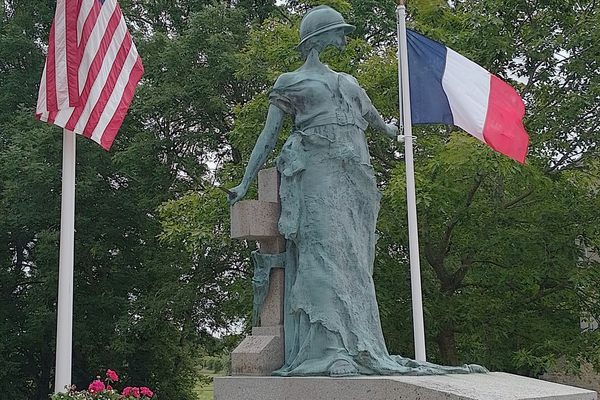
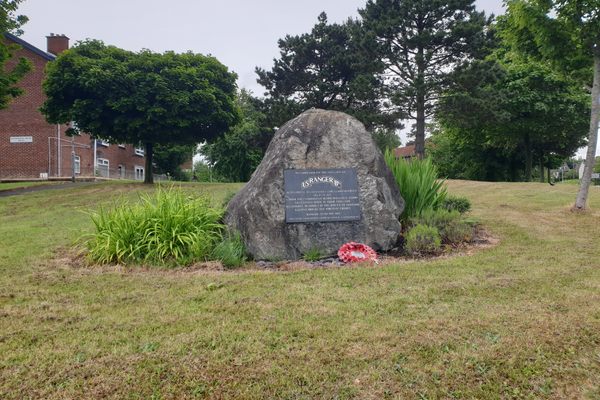




Follow us on Twitter to get the latest on the world's hidden wonders.
Like us on Facebook to get the latest on the world's hidden wonders.
Follow us on Twitter Like us on Facebook